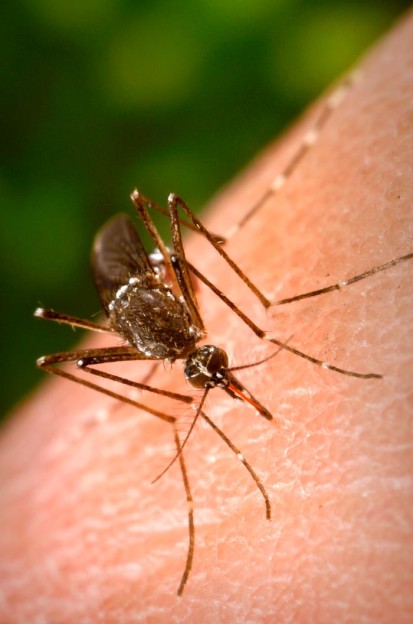By NewsDesk @infectiousdiseasenews
Health officials in the province of Pangasinan, in the western part of Luzon Island, are reporting a nearly doubling of dengue fever cases during the first seven months of 2021.

According to data from the Pangasinan Provincial Health Office (PHO) today, 2,634 dengue cases were recorded from Jan 1 to July 26, resulting in a 97 percent increase from 1,334 cases recorded in the same period in 2020.
Many of the cases were recorded in June and July.
The towns and cities under PHO’s watch list are San Carlos City with 302 cases, Alaminos City with 290, Pozorrubio town with 147, Bolinao town 109, Urdaneta City 108, Bayambang 103, Lingayen town with 90, Asingan and Binmaley towns with 72 cases each.
Fortunately, the dengue related fatalities are less this year than last- two in 2021 so far, compared to 11 last year.
The increase in cases has prompted health officials to remind the public to practice the 4S habits against dengue, or the search and destroy mosquito-breeding sites, applying self-protection measures, seeking early consultation, and supporting fogging or spraying in times of impending outbreaks.
Nationally, from 1 January to 03 July 2021, there has been a total of 32,555 dengue cases with 119 deaths
(CFR 0.4%) reported, which is 43% lower compared to the 57,388 cases reported in the same period in 2020.
Ayoko sa Lamok: Filipino youth’s battle against dengue fever
Dengue is a viral infection transmitted by the bite of an infected mosquito. There are four closely related but antigenically different serotypes of the virus that can cause dengue (DEN1, DEN 2, DEN 3, DEN 4).
- Dengue Fever (DF) – marked by an onset of sudden high fever, severe headache, pain behind the eyes, and pain in muscles and joints. Some may also have a rash and varying degree of bleeding from various parts of the body (including nose, mouth and gums or skin bruising).Dengue has a wide spectrum of infection outcome (asymptomatic to symptomatic). Symptomatic illness can vary from dengue fever (DF) to the more serious dengue hemorrhagic fever (DHF).
Philippines COVID-19 variants, Cases up, OCTA urges ‘lockdown’
- Dengue Hemorrhagic Fever (DHF) – is a more severe form, seen only in a small proportion of those infected. DHF is a stereotypic illness characterized by 3 phases; febrile phase with high continuous fever usually lasting for less than 7 days; critical phase (plasma leaking) lasting 1-2 days usually apparent when fever comes down, leading to shock if not detected and treated early; convalescence phase lasting 2-5 days with improvement of appetite, bradycardia (slow heart rate), convalescent rash (white patches in red background), often accompanied by generalized itching (more intense in palms and soles), and diuresis (increase urine output).
- Dengue Shock Syndrome (DSS) — Shock syndrome is a dangerous complication of dengue infection and is associated with high mortality. Severe dengue occurs as a result of secondary infection with a different virus serotype. Increased vascular permeability, together with myocardial dysfunction and dehydration, contribute to the development of shock, with resultant multiorgan failure.
Metro Manila COVID-19 at ‘moderate risk’, 24% of Delta variant cases unvaccinated
Leptospirosis cases up 13 percent in the Philippines


2 thoughts on “Philippines dengue: Pangasinan reports doubling of cases in 2021”